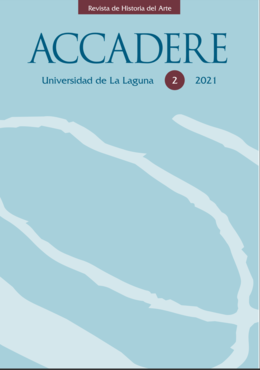El Erasure in conceptual painting. From the Iconography of Danae to that of Semele in Hilario Bravo
Abstract
Within the conceptual approaches that define the aesthetics of the painter Hilario Bravo, the transformation of a work is a standard response in 20th-century art. On a few occasions, however, the radical nature of the transmutation causes the work to change its title and meaning completely. This is the case with Flammae, a work from 2014 in a series dedicated to the relationship between flame, thought and the act of creation, which in 2017 is transformed into Semele, at a time when the artist's main concern is the search for cathasterism as the ultimate projection of fire. This has key hermeneutical implications, both from a mythological perspective and from the iconography of the Christian tradition, but, above all, it fulfils the meaning of the work: a painting about the creative process that leads to a reflection on the immanence of the work.
Copyright (c) 2021 Accadere. Revista de Historia del Arte

This work is licensed under a Creative Commons Attribution 4.0 International License.
This journal is published in open acces under a CC BY license




